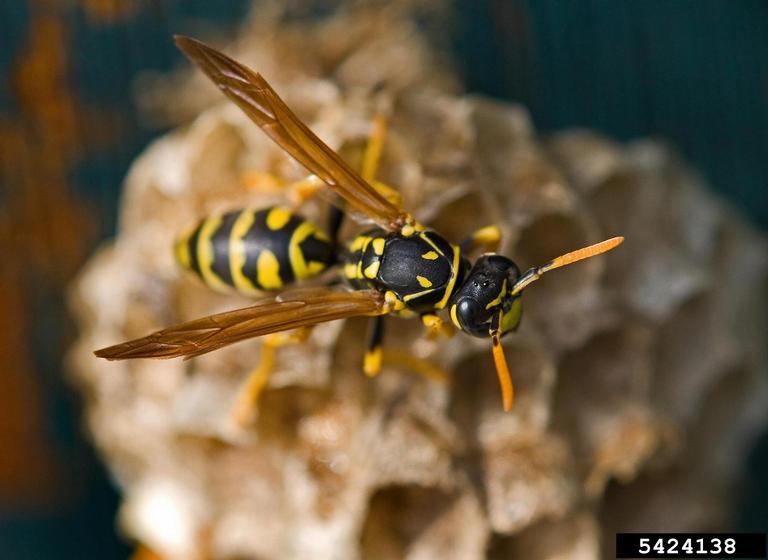Osage orange (Maclura pomifera) is an unique tree found in abandoned areas and unexpected places. It represents a long American story of planting, transport, use and survival in new locations.
A relatively fast-growing, stress-tolerant tree, it's almost unknown and unused in communities. But it's readily found in many locations. Osage orange could be the next great community tree.
Thornless male trees make tough, stress-resistant shade and street trees.
Prized in Agriculture
Probably the most noticeable feature of Osage orange is the fruit produced by female trees. The yellow-green fruit is round and 3 to 5 inches in diameter. It resembles a large orange or a monstrous mulberry. The fruit is a dense, round cluster of many one-seeded pulp sacks.
Once discovered by early European settlers, it was carried across the continent. Because of its attributes, it was prized anywhere agriculture and grazing animals were found.
It is now considered escaped from cultivation and naturalized in many areas. Solitary trees or small family groups can be found on old home sites and along roadways.
Bows, Tools, War Clubs
Osage orange isn't an orange tree. It's actually a mulberry. It's known by a number of common names, many representing specific uses: bois d'arc, bodark, bodock, bowwood, fence shrub, hedge, hedge apple, hedge orange, horse-apple, mock orange, naranjo chino and postwood.
The historic uses of Osage orange followed the path of European settlement on this continent and the rise of traditional agriculture.
The first uses recorded were from native Americans (the Osage tribe) in the Red River Valley area of Oklahoma. The Osage used Osage orange for bows, tool handles and war clubs.
Corrals, Field Hedges
Early trappers and frontiersmen recognized the tough, dense wood as ideal for their own archery bows and handles.
The first planted uses were for animal corrals and field hedges. The dense growth as a shrub, the tough wood and the short, sharp thorns together proved effective at controlling domestic grazing animals.
It is suggested that barbed wire was inspired by the spiny Osage orange. Except in bad years, animals would not graze the spiny, bitter-tasting, tough twigs and foliage.
Decay-resistant Wood
Osage orange is the densest and most decay-resistant wood in North America. The extremely durable heartwood was used for wheel hubs, fence posts and railroad ties.
The bark could be used for leather tanning and extracting (mainly from root bark) a yellow tannin dye for clothes and baskets. The fruits and sap were used as a pesticide.
The wood was so dense it was hard to cut and work. It burned more like coal than other lighter woods, requiring a coal grate inside a stove.
American Botanical Mystery
One of the botanical mysteries of this continent is identifying the native growing range of Osage orange. The historic range is unclear because it was moved and planted extensively before detailed botanical surveys were conducted. It quickly escaped cultivation and started to reproduce and thrive in many new places across the continent.
The commonly accepted native range is the three-state area of southwest Arkansas, southeast Oklahoma and northeast and east Texas. Ecologically, Osage orange grew in open, rich, bottom-land forests centered around the Red River Valley of Oklahoma.
Today, Osage orange can be found naturalized in Georgia. It grows everywhere south of the Great Lakes and north of Florida, across the whole of eastern North America into the Great Plains states, almost to the Rocky Mountains. Other naturalized populations are found along Western settlement trails, forts and settler locations in the Pacific Northwest.
Osage orange has been bundled and dragged across the nation -- east to west and north to south -- because of its uniqueness and utility. It has traveled widely and has been a part of our history.






